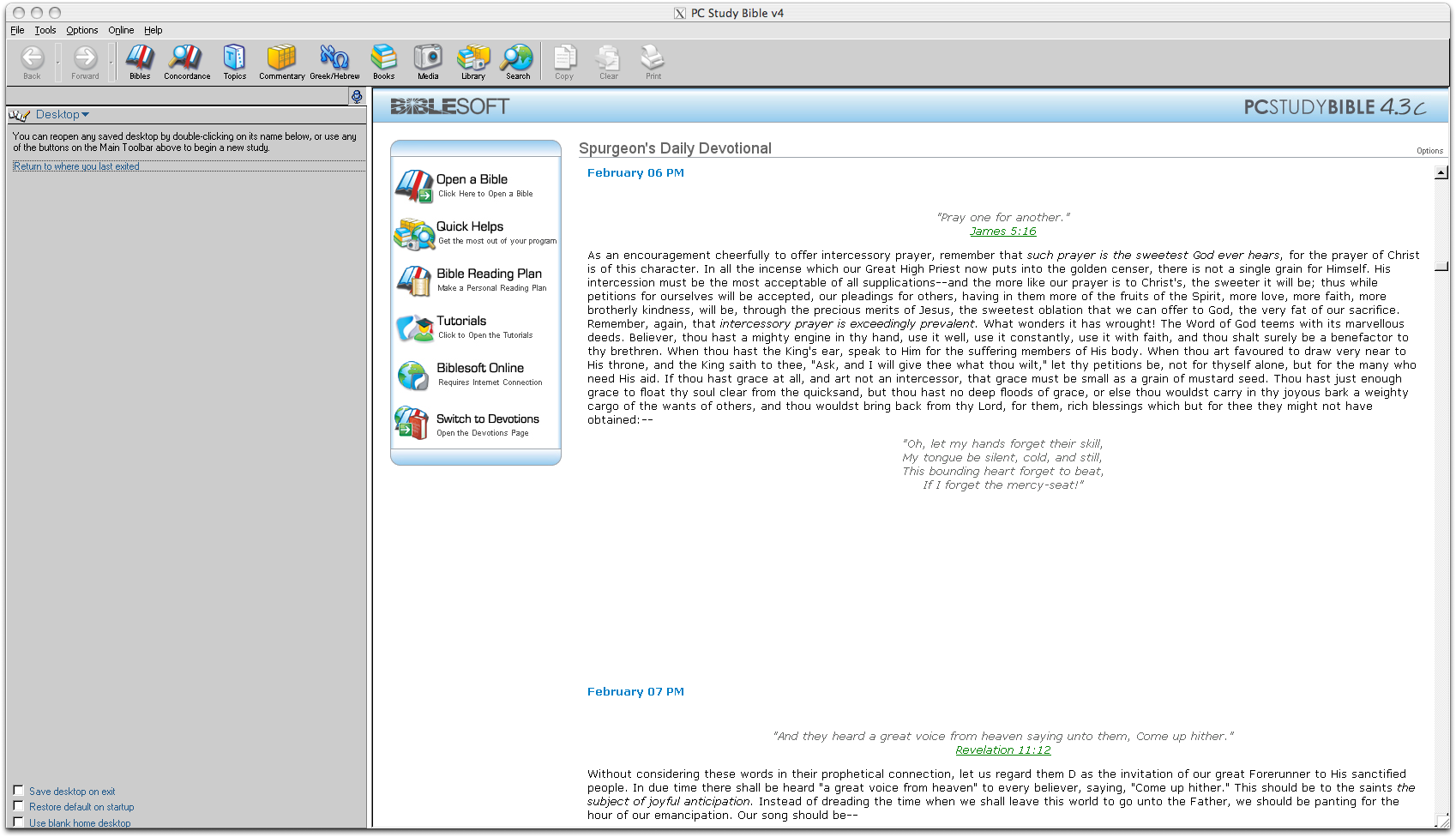Overview Section
A crossover design is a repeated measurements design such that each experimental unit (patient) receives different treatments during the different time periods, i.e., the patients cross over from one treatment to another during the course of the trial. This is in contrast to a parallel design in which patients are randomized to a treatment and remain on that treatment throughout the duration of the trial.
The reason to consider a crossover design when planning a clinical trial is that it could yield a more efficient comparison of treatments than a parallel design, i.e., fewer patients might be required in the crossover design in order to attain the same level of statistical power or precision as a parallel design.(This will become more evident later in this lesson...) Intuitively, this seems reasonable because each patient serves as his/her own matched control. Every patient receives both treatment A and B. Crossover designs are popular in medicine, agriculture, manufacturing, education, and many other disciplines. A comparison is made of the subject's response on A vs. B.
Although the concept of patients serving as their own controls is very appealing to biomedical investigators, crossover designs are not preferred routinely because of the problems that are inherent with this design. In medical clinical trials, the disease should be chronic and stable, and the treatments should not result in total cures but only alleviate the disease condition. If treatment A cures the patient during the first period, then treatment B will not have the opportunity to demonstrate its effectiveness when the patient crosses over to treatment B in the second period. Therefore this type of design works only for those conditions that are chronic, such as asthma where there is no cure and the treatments attempt to improve quality of life.
Crossover designs are the designs of choice for bioequivalence trials. The objective of a bioequivalence trial is to determine whether test and reference pharmaceutical formulations yield equivalent blood concentration levels. In these types of trials, we are not interested in whether there is a cure, this is a demonstration is that a new formulation, (for instance, a new generic drug), results in the same concentration in the blood system. Thus, it is highly desirable to administer both formulations to each subject, which translates into a crossover design.
The third trial (Odani in Figure 1), which included 158 patients, almost certainly failed to conceal allocation, used no blinding, and lost 26% of patients to follow-up, many more in the steroid group than the control group(25). This third trial is probably best classified as having very serious risk of bias. Analysis of the data from a 2x2 crossover for a binary outcome, assuming null period effectsSection. ( 16.2-2x2crossoverbinary.sas ) This is an example of an analysis of the data from a 2 × 2 crossover trial with a binary outcome of failure/success. Fifty patients were randomized and the following results were observed.
Objectives
Crossover Trial Rct
- Distinguish between situations where a crossover design would or would not be advantageous.
- Use the following terms appropriately: first-order carryover, sequence, period, washout, aliased effect.
- State why an adequate washout period is essential between periods of a crossover study in terms of aliased effects.
- Evaluate a crossover design as to its uniformity and balance and state the implications of these characteristics.
- Understand and modify SAS programs for analysis of data from 2 × 2 crossover trials with continuous or binary data.
- Provide an approach to analysis of event time data from a crossover study.
- Distinguish between population bioequivalence, average bioequivalence and individual bioequivalence.
- Relate the different types of bioequivalence to prescribability and switchability.
Reference: Section

How To Extend Crossover Trial
Piantadosi Steven. (2005) Crossover Designs. In: Piantadosi Steven. Clinical Trials: A Methodologic Perspective. 2nd ed. Hobaken, NJ: John Wiley and Sons, Inc.
Crossover Trial Resetter
Crossover Clinical Trial to Determine the Effect of Manual Acupuncture at Siguan Points (Bilateral LI4 and LR3) on Intestinal Motility in Healthy Subjects Y. This is the fifth of an occasional series on the methods of randomised controlled trials In a crossover trial subjects are randomly allocated to study arms where each arm consists of a sequence of two or more treatments given consecutively. The simplest model is the AB/BA study. Subjects allocated to the AB study arm receive treatment A first, followed by treatment B, and vice versa in the BA.